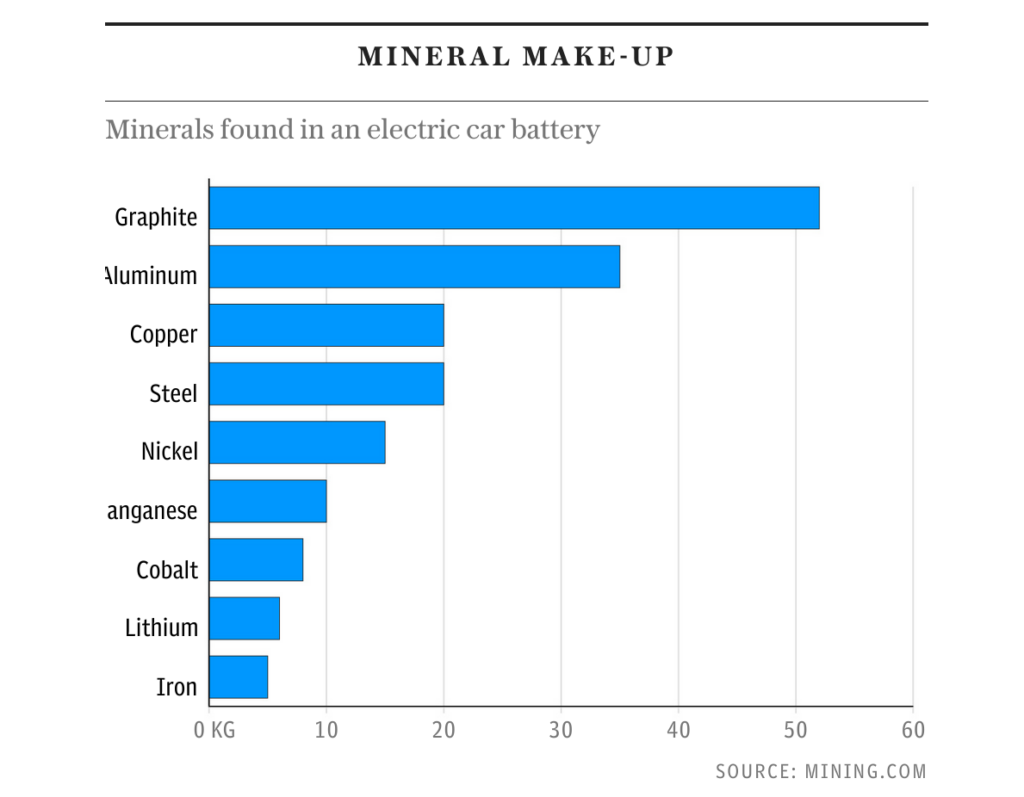Scientists grow increasingly concerned over release of harmful petrochemicals

Scientists, analysts and regulators are growing increasingly concerned about the amount of potentially harmful tiny particles coming off tyres, especially those from heavier cars such as electric vehicles, due to the number of toxic petrochemicals that they are made from.
This comes as the Government is attempting to reduce carbon emissions under its “net zero” drive by encoruaging drivers to use electric cars. Motorists with older petrol vehicles in London also face fresh charges to enter Sadiq Khan’s Ultra-low emission zone (Ulez), which is expanding to cover all London boroughs from August.
Ministers have also been considering a “tyre tax” to cut harmful emissions.
However, experts have warned that non-exhaust pollution will rise when more electric cars are on the road.
Professor Roy M. Harrison, at the School of Geography, Earth & Environmental Sciences at the University of Birmingham, said: “The non-exhaust emissions from road traffic in developed countries now exceed the exhaust emissions, so that is a problem. And it’s a problem that will get slightly worse as we go into a battery electric fleet and also as traffic volumes probably increase additionally.”
Modern tyres contain around 400 organic compounds, many of which are derived from crude oil. Some of these are highly toxic chemicals such as naphthalene, toluene, and isoprene, as well as heavy metals like zinc and lead.
Every time someone drives, tiny bits of their tyres break away, releasing a range of these toxic chemicals, both in larger pieces and nanoparticles. The bigger pieces will be carried off the road by rain into rivers and sewage, where they may seep into the earth or flow into the sea. The smaller particles will filter into the air and be breathed in by humans and animals, reaching deep into the lungs.
Nick Molden, chief executive at Emissions Analytics, which studies the pollution caused by tyres, said: “We’re going diametrically in the wrong direction at the moment by making our vehicles heavier.
“SUVs and electric cars are shedding an awful lot of tiny but nasty chemicals – some of which are highly carcinogenic – which we’re partly inhaling but are also getting into our water and food.”
Emissions Analytics conducted a test last year that concluded almost 2,000 times more particle pollution is produced by tyre wear than what is pumped out of the exhausts of modern cars.
“If you’re worried about burning fossil fuels in your car engine, you should be as worried about the wear from tyres”, Molden said. “Tailpipe emissions really only affect the air, whereas tyre wear affects air, soil and water.”
This is an issue for the UK and other nations as they move towards having more electric cars. The heavier a vehicle, the greater wear a tyre will face. Electric vehicles weigh an average of 200kg to 300kg more than a petrol car, due to the battery pack. They also need higher torque – the twisting power that launches a car from a standing start – than internal combustion engines, which also puts more pressure on the tyres.
The tyre manufacturer Michelin said conventional tyres wear out around 20pc faster in an electric vehicle, while Goodyear said they can wear out as much as 50pc faster.
In February, researchers at Imperial College London called for more research into the potentially harmful impact of toxic tyre particles on health and the environment. It said six million tonnes of tyre wear particles are released globally each year, and in London alone, 2.6 million vehicles emit around nine thousand tonnes of tyre wear particles annually.
The weight of electric vehicles is already causing concern from some engineers that they will put some multi-storey car parks built in the 1960s and 70s under such pressure they will be at the risk of collapse, The Telegraph reported in April. Government ministers have also urged councils to check how much weight bridges in their area can hold.
This may become even more of an issue in the future as electric cars are set to carry more weight. Rather than battery packs getting lighter as technology advances, electric car manufacturers like Tesla are actually opting for heavier iron-based batteries that do not use the expensive, scarce materials of nickel and cobalt.

It is not yet clear how harmful tyre particles may be to human health, especially as it can be hard to determine what has come from tyres alone. However, 6PPD, a chemical used almost only in tyres that is included to reduce cracking, has been found to have harmful effects on the environment.
Regulators are starting to acknowledge the issue. In 2025, new EU regulations will introduce a minimum standard for tyre emissions for the first time, while California is considering making tyre manufacturers find alternatives to 6PPD.
Gavin Whitmore, a spokesman for The Tyre Industry Project, an industry-backed research group that counts 11 major tyre makers as members, said: “We remain committed to understanding any potential impacts of tyre and road wear particles and to working with industry and other stakeholders to develop a holistic approach to better understand and promote action on mitigation.”
